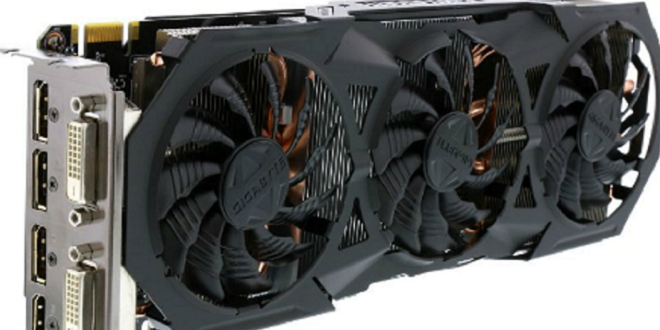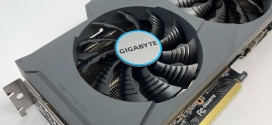Testing and Methodology
For game testing we turn off the boost portion of the processor and force it to one speed, in this case 4.375 GHz. I could give the entire spiel about longevity and overclocking but most of you on the outer edge of the overclocking envelope already know you are killing your processor. We can’t afford a degrading processor and still report reliable results, so we use a conservative 4.375GHz. We are in the process of changing up how game settings are reported so bear with us on that.
We make three passes at the game from a save previously created, as soon as that point is loaded we trigger a macro that runs the same route and performs the same actions each time. Benchmarks that run automatically are ran just like that. We run each scenario three times and average the three. That score is reported here. If an anomalous score should develop, one so far out-of-bounds that it is questionable, we run one more run and throw out the anomalous score.
Our hardware has changed enough since the introduction of Maxwell GPU’s and on going test bed improvements, so we retested every card in the review to give more accurate results.
Test Rig
| Test Rig “Hexzilla” |
|
| Case Type | SilverStone Raven SST-RV01B-W |
| CPU | Intel Haswell-E 5820K @ 4.3GHz |
| Motherboard | ASUS X99 Deluxe |
| Ram | G.Skill Ripjaws 4 3000 MHz 15-15-15 |
| CPU Cooler | SilverStone Tundra TD02-E |
| Hard Drives | 480GB HyperX Predator M.2 PCIe SSD (OS Drive) 2 x Crucial MX 100 SSD 1 x Two TB Seagate Platter Storage Drive |
| Optical | ASUS Quiet Trac BR Liteon DVD Burner |
| GPU | Gigabyte GeForce GTX 960 G1 Gaming |
| Case Fans | 2 X 180mm 700 RPM 18dBA 1 x 120mm 950 RPM 18dBA |
| Docking Stations | None |
| Testing PSU | SilverStone ST1500-GS |
| Legacy | None |
| Mouse | Razer Lachesis |
| Keyboard | Razer BlackWidow Chroma |
| Any Attempt Copy This System Configuration May Lead to Bankruptcy | |
 Bjorn3D.com Bjorn3d.com – Satisfying Your Daily Tech Cravings Since 1996
Bjorn3D.com Bjorn3d.com – Satisfying Your Daily Tech Cravings Since 1996







